What We Think We See – Why the Real World is Confusing
Most of us rely on our eyes in order to help us interact with the world on a daily basis. Yet the visual system often distorts what we see, so what we think we see is actually an altered reality. According to Dr. Mareschal, as quoted in an article published in Proceedings of the National Academy of Science, “[i]n fact a lot of it is distortion, and it is occurring in the early processing of the brain, before consciousness takes over. Our [researchers from the University of Sydney’s School of Psychology and The Vision Centre] work shows that the cells of the primary visual cortex create small distortions, which then pass on to the higher level of the brain, to interpret as best it can…And we found that even the higher brain cannot always correct for them, as it doesn’t in fact know they are illusions.”
In agreement with previously discovered results, Dr. Mareschal and her colleague Professor Clifford found that these illusions were occurring during early processing in the brain, prior to consciousness. They then went on to be the first labs to report being able to connect the origin of the tilt illusion to the cells of the primary visual cortex, a highly specialized region in the occipital lobe of the brain. Let me take this chance to explain what the tilt illusion is. Take a look at this image before reading on:
What direction do the lines of the inner circle appear to be rotated in: clockwise, counterclockwise, or not at all? Notice how the lines in the inner circle appear to be tilted counterclockwise. Here’s the catch though: they’re actually vertical.
Why is this? According to Mareschal and Clifford, the brain looks to the surroundings for contextual information in order to determine the pattern and alignment of an image. Therefore, because the lines in the outer circle are tilted clockwise and because the lines in the inner circle are tilted away from those of the outer circle, the brain concludes that they must be sloped counterclockwise, while the truth is they are simply vertical.
Here is an example of how our brain utilizes context clues to help us form images in our brain: What are these broken pieces a part of?
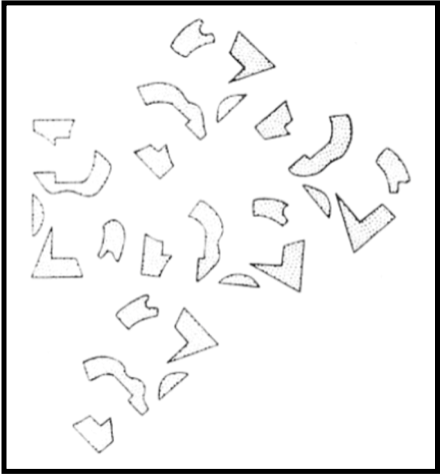 Via Ink Covered Optical Illusions
Via Ink Covered Optical Illusions
Can you see it now?
 Via Ink Covered Optical Illusions
Via Ink Covered Optical Illusions
The only thing that changed between the first picture and the second picture is the presence of the spilled ink. In the first image, there is too much empty space for the brain to piece together the image because the missing pieces of the image and the background are both white. However, in the second image, the black ink connects the pieces of the image, allowing our brain to put them together into a familiar object – the letter B. Here, we use the presence of contextual clues to trick our brains into recognizing the image.
Here is a final example of how our brain can be tricked by contextual information: Is square A or square B darker?
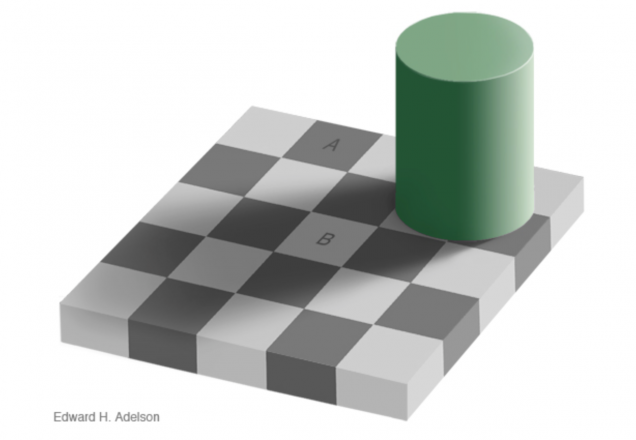 Via mit.edu
Via mit.edu
Trick question! The two squares are actually the same shade of grey, despite the fact that they appear different. We are able to see this by connecting the two squares with grey strips of the same shade throughout.
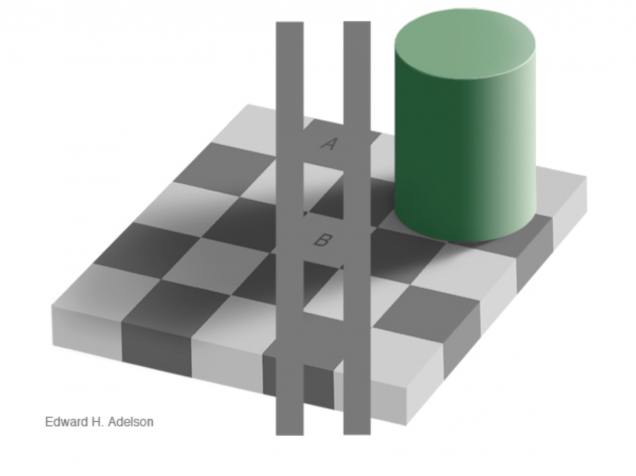 Via mit.edu
Via mit.edu
In order to explain this, we need to discuss the successes demonstrated by our visual system as well as the failures while interpreting this image. Notice that square A is supposedly a dark checker and square B is a light one. Due to the arrangement of squares on a checkerboard, lighter checkers will be surrounded by darker checkers and, likewise, darker checkers will be surrounded by lighter ones. Despite the presence of the shadow, ultimately making all of the checkers within the shadow a “darker shade of paint,” square B is still surrounded by darker tiles. This contextual information cues our brain to recognizes B as a light checker and A as a dark one, although we have now proven that they are actually the same shade of grey.
So to summarize: “All I know is that I know nothing” ~ Socrates
~Alexa Aaronson
Sources:
Professor Gavornik’s Principles of Neuroscience Lectures – Thanks!
Image Source:
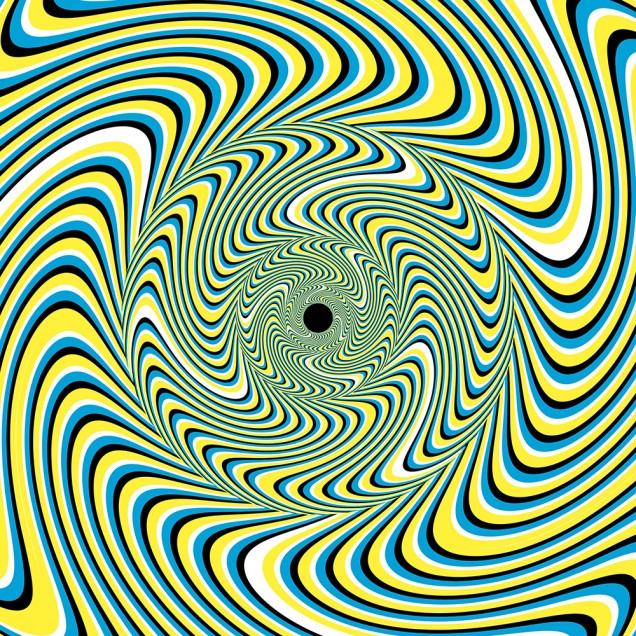
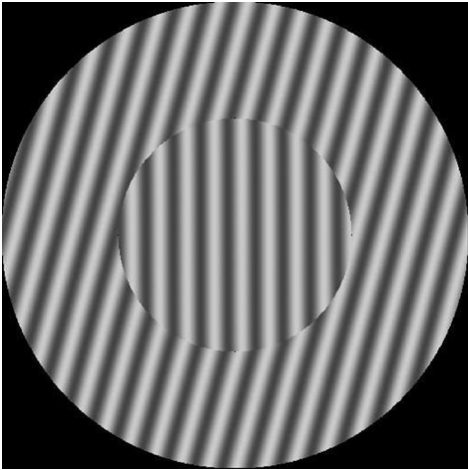
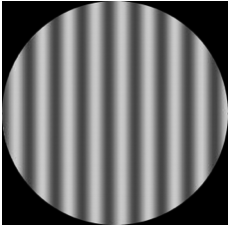
April 4, 2016
You wonder if your eyes are playing tricks on you.
It’s not your eyes. An illusion is proof that you don’t always see what you think you do — because of the way your brain and your entire visual system perceive and interpret an image. that’s all.
September 13, 2016
I totally agree with you, Alexander. In the human visual system, the eye receives physical stimuli in the form of light and sends those stimuli as electrical signals to the brain, which interprets the signals as images.